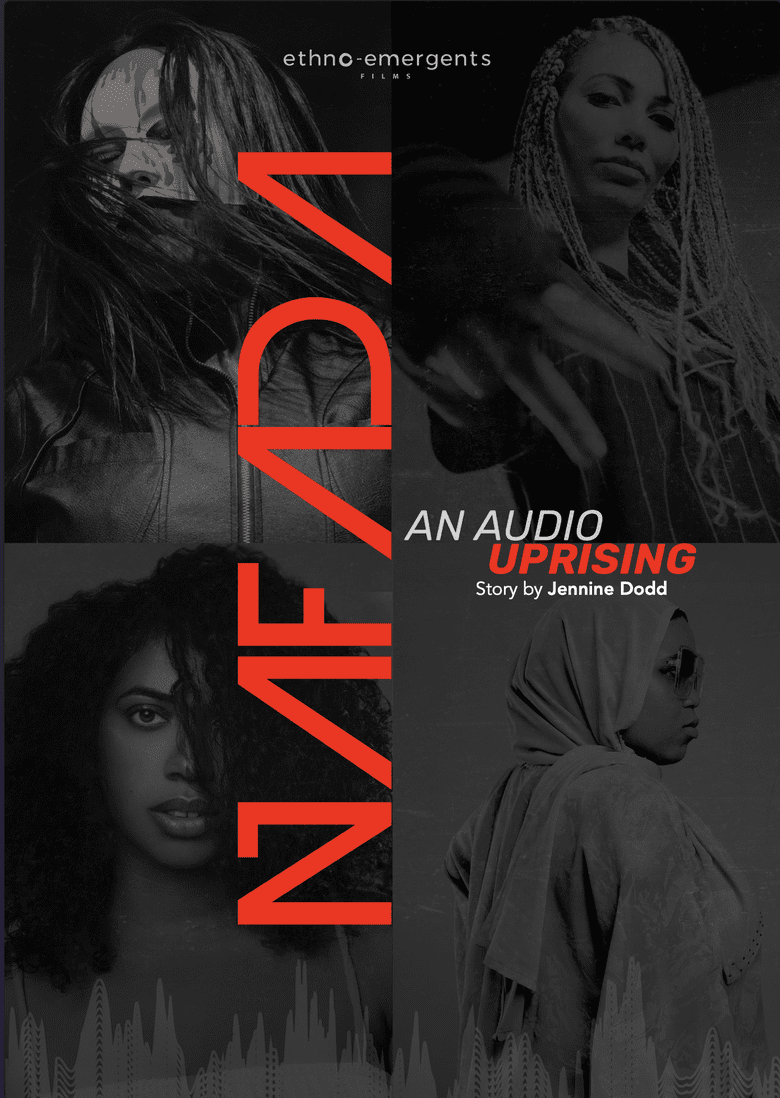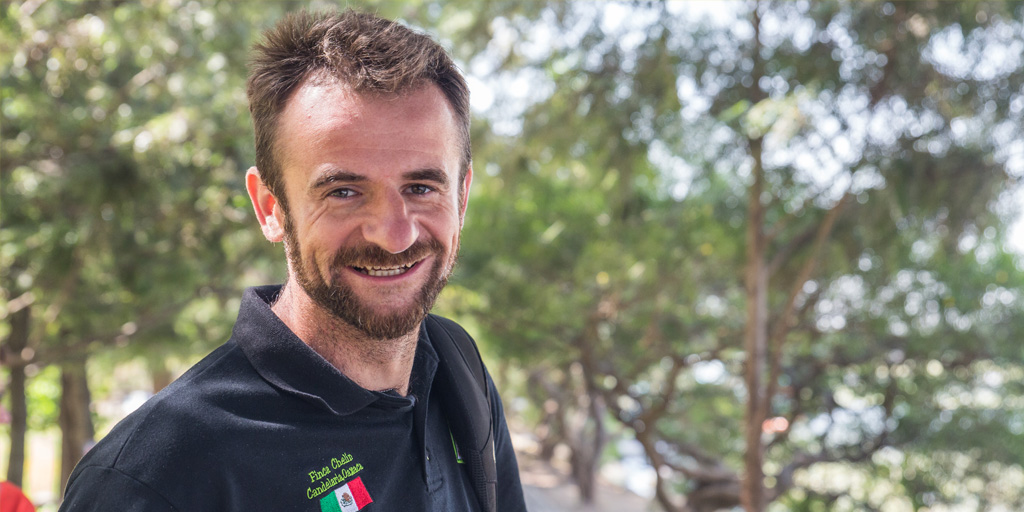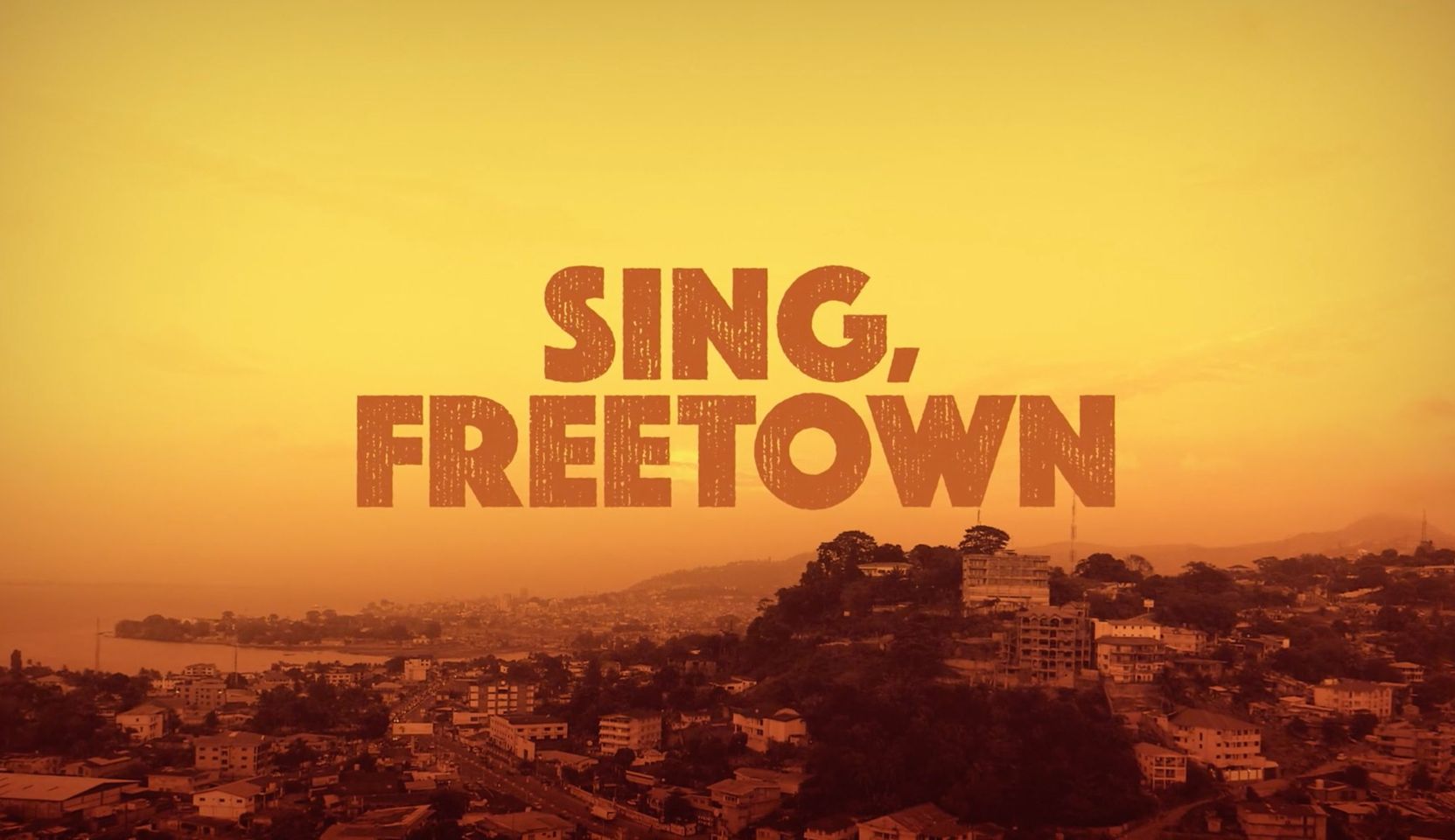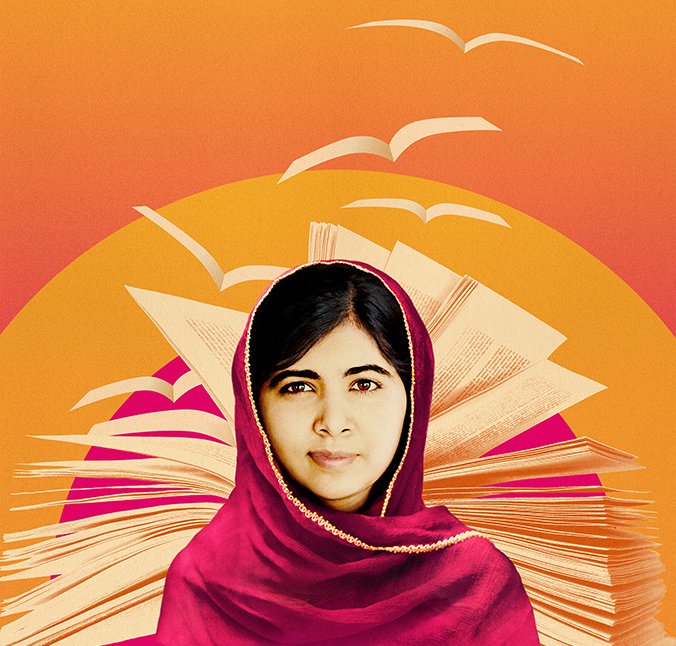What does it sound like when defiance becomes music?
In “NAFADA: An Audio Uprising,” director Reginald Tiessen explores the urgency, frustration, and fierce creativity of female artists confronting silence, censorship, and cultural barriers through a unique multi-genre musical collaboration.
Filmed across four continents and nine countries, including Morocco, Jordan, Turkey, and the U.S., “NAFADA” is both geographically and emotionally wide-ranging. It brings together an audacious collaboration between Muslim women in the MENA hip-hop underground and politically charged industrial musicians from Detroit. But rather than present a straightforward narrative of cross-cultural teamwork, the film opts for a more visceral, immersive experience.
From its first frame, “NAFADA: An Audio Uprising” throws viewers into a sonic landscape that’s abrasive and electric. Glitchy visuals and coded animations flash across the screen while pounding beats and distorted vocals create an atmosphere of tension and energy. It’s a jarring introduction but one that isn’t just style for style’s sake, it’s an aesthetic built around the film’s core ideas of disruption and digital resistance.
Interviews with the artists, captured in raw and often impromptu settings, ground the abstract visuals in something very human. Their voices, sometimes hesitant, sometimes furious, always honest in their truths—speak to the complexities of making radical art in environments where expression can be dangerous. One of the most powerful aspects of the film is how it refuses to simplify these tensions. Instead, it leans into them, allowing space for contradiction and vulnerability.
Loosely structured, the documentary includes prompts that help guide the film’s interviews. It invites viewers to drop into its world and ruminate on the topics as one finds their own path through intense verse and aggressive instrumentals. The editing is intentionally fragmented, reflecting the decentralized nature of the project itself. These musicians collaborated remotely, often across time zones and cultural expectations. Yet the heart of their music, raw, loud, and genre-defying speaks in unison.
It’s incredibly special to hear the artists describe how creating the album was something out of their comfort zones. The merging of hip-hop with industrial music to create a hybrid sound is very unique and I enjoyed hearing the artists reveal the personal importance the project has to them. One artist in particular, Miss Undastood, touchingly reveals her initial reaction to the project and how it helped her not feel like she was stuck in a creative box.
In addition to the artists, the film also includes interviews with ethnomusicologists discussing the collaboration. One interesting topic they touch on is how exploitation can sometimes infiltrate collaborative projects where underrepresented people and communities are present. These conversations are thought-provoking and add a hint of academia to the film without being overbearing. The most impactful statements come from the artists themselves, as they share personal experiences of being exploited for their race rather than recognized for their talents.
For viewers expecting a linear story, “NAFADA” may feel disorienting at times as it rotates between performances and interviews. But for those open to an experience that’s more collage than chronicle, “NAFADA: An Audio Uprising” is a deeply rewarding and inspiring film. It doesn’t offer easy resolutions because the world it depicts doesn’t have any. What it does offer is inspiration: to speak louder, to push harder, and to resist creatively.
To champion art and artists is to champion life, and “NAFADA: An Audio Uprising” does exactly that. It is bold, challenging, and beautifully uncompromising.
Most importantly, “NAFADA” gives space and volume to voices too often kept at a whisper.
See “NAFADA: An Audio Uprising” screening at the Melbourne Documentary Film Festival July 21st. Screening includes a masterclass and filmmaker Q&A. Ticket information can be found: here.




